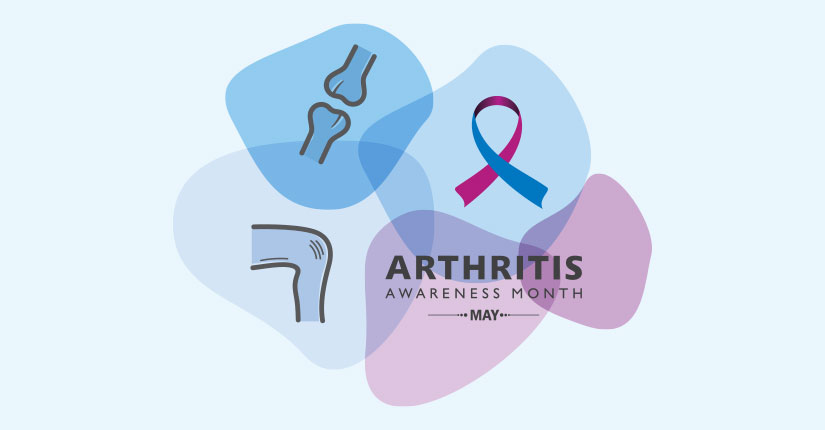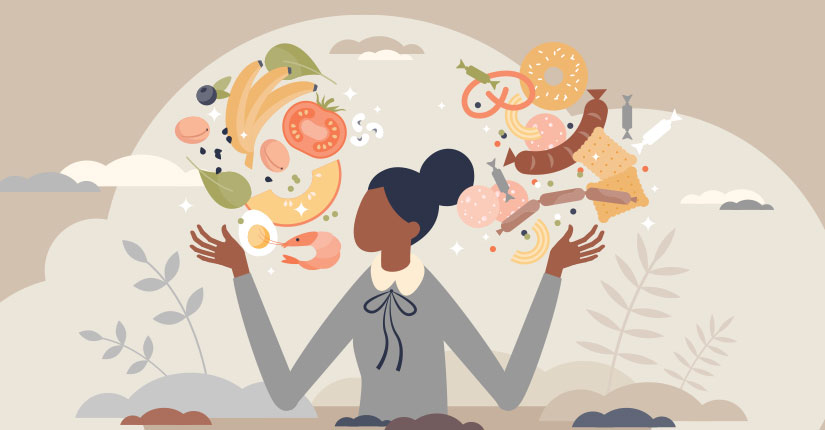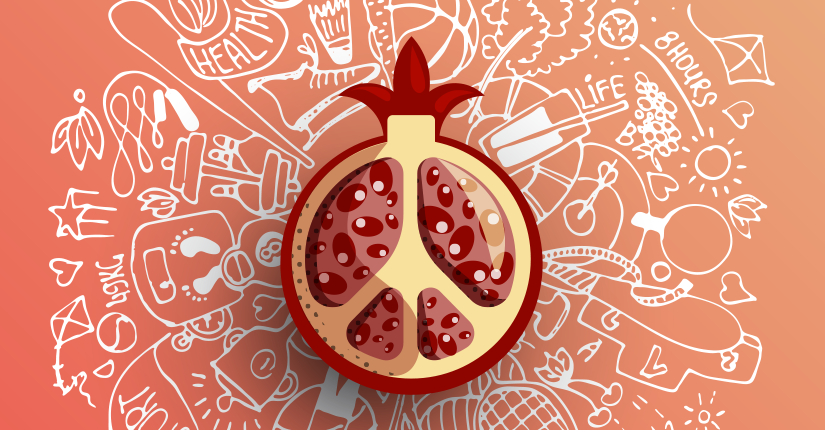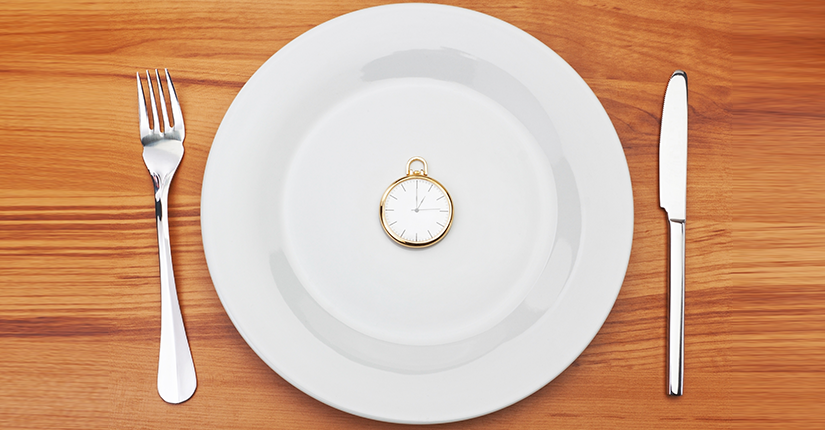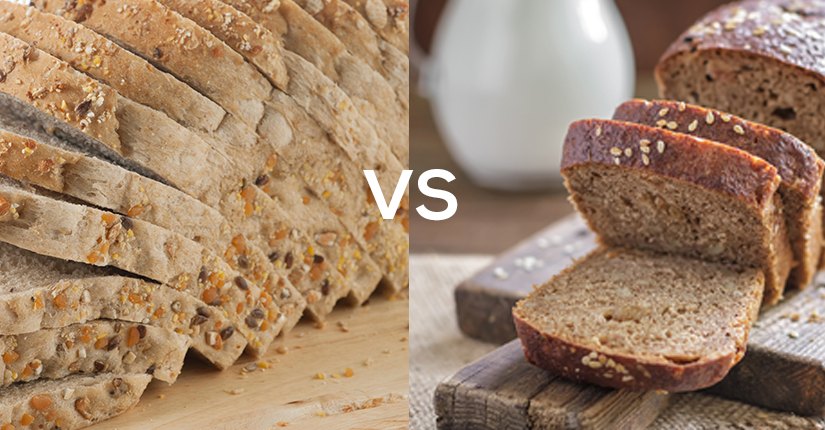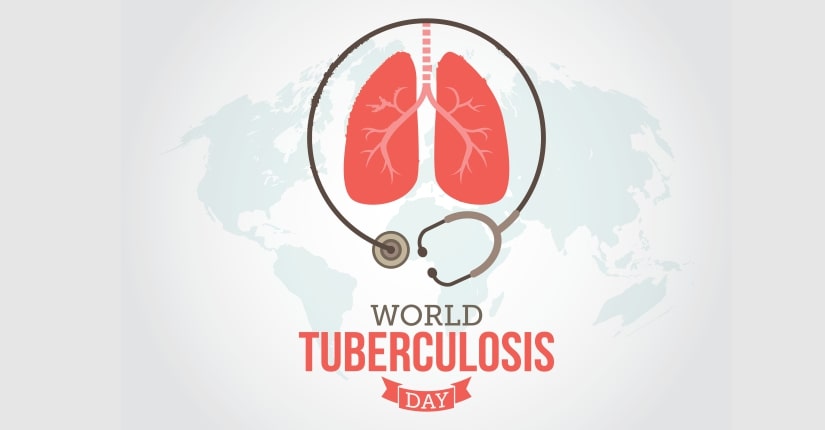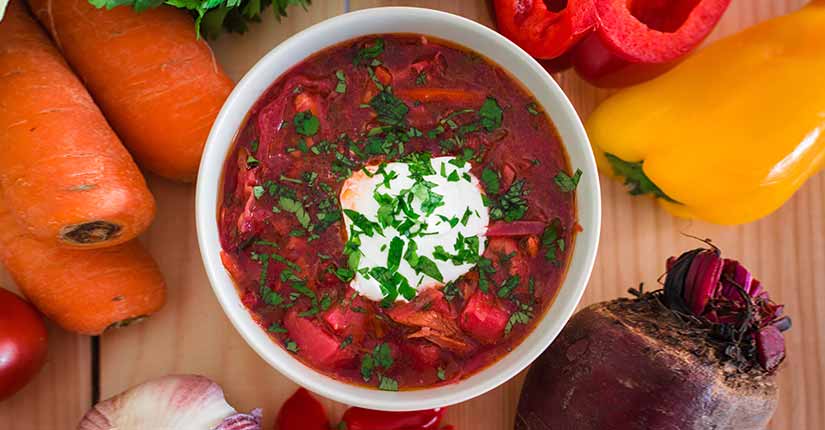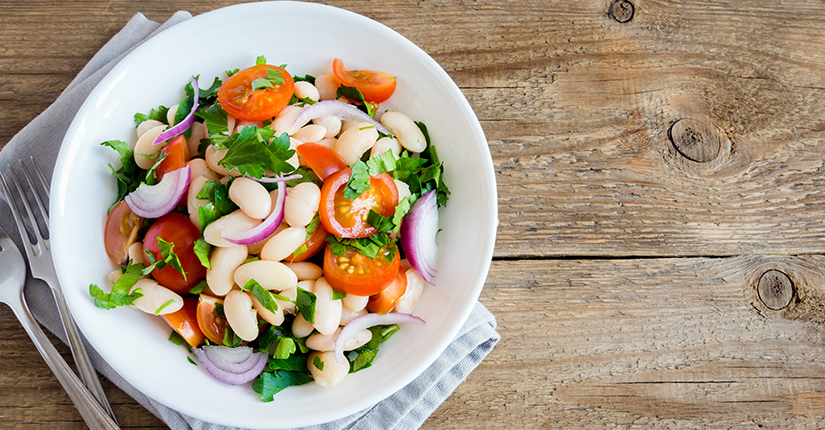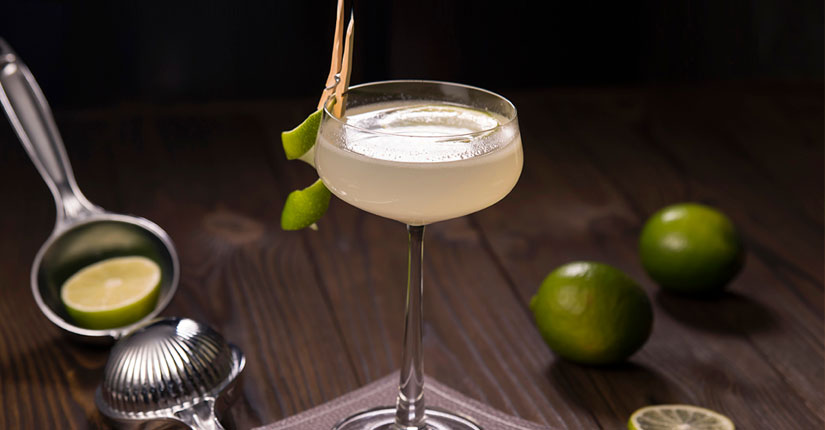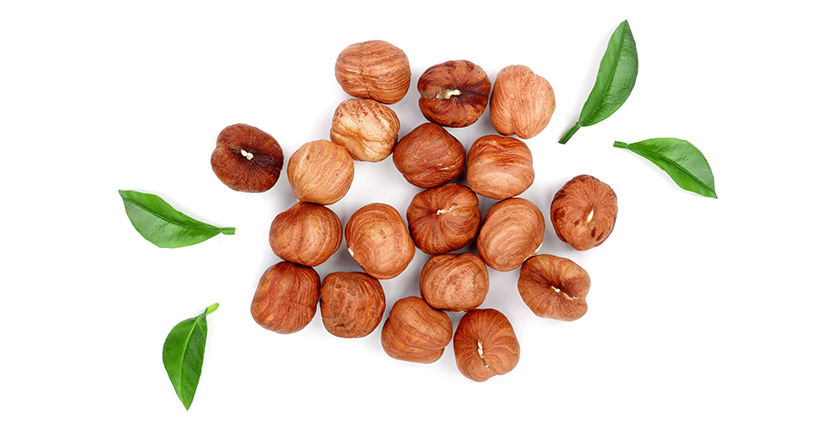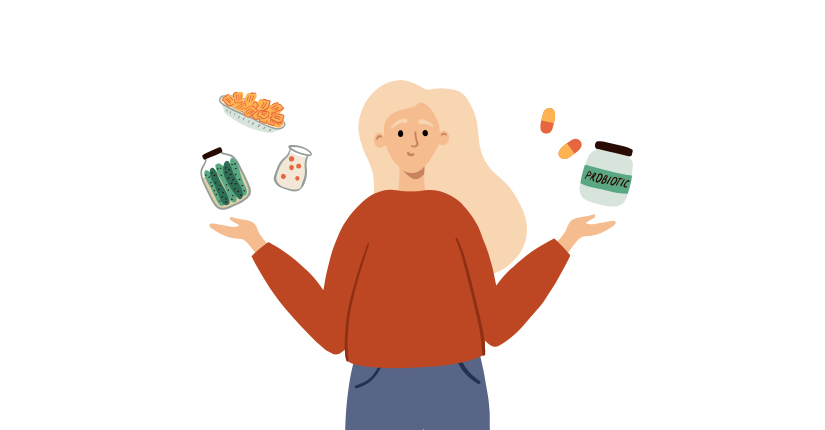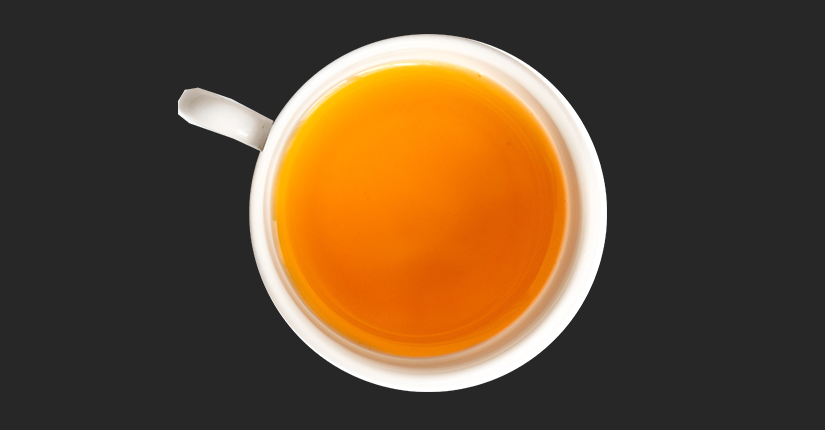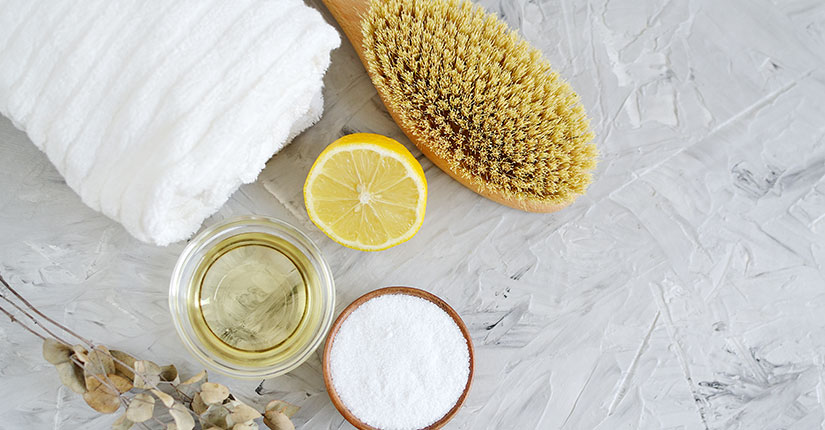Let’s talk about sugar
By Nmami Agarwal 20-Jul 2018 Reading Time: 5 Mins

It’s no secret that sugar adds a distinct flavour to the food. But any form of sugar in snacks, meals, beverages, and drinks is a huge and unhealthy source of calorie intake. Health-related issues have been linked with consumption of sugar for which now science provides valid reasoning, but at times we all still are confused about a few questions into our day to day life revolving around sugar.
Read on to find out the answers.
Ques. Can mangoes and bananas be eaten if someone has diabetes?
Ans. A person with diabetes shouldn’t eat fruit is among the biggest myths revolving out there. Fruits are the natural sources of sugar content, but such fruits benefit people with diabetes only when consumed in moderation. To satisfy your sweet tooth, especially for diabetics, fruits are a much better option than desserts or cookies. However, fruits like banana and mango are high in sugar content, and diabetic patients are suggested to monitor the portion sizes of these two fruits while consuming.
Ques. How much sugar should be consumed per day?
Ans. It’s suggested that approximately fifty percent of the total dietary intake must come from carbs, including starches and sugars. When the matter comes to added sugars in food and drink, or natural sugar present in honey and fruit juices, it should account for five percent of total dietary energy intake per day from two years and upwards. So on a safer side, you must not consume more than three teaspoons (15 grams) of sugar in a day.
Ques. Does sugar cause diabetes?
Ans. There’s a way that eating sugar can cause a person type-2 diabetes. How? Well, too much consumption of sugar or sugary foods and drinks often can make a body to put on weight. Whereas, unnecessary weight gain from eating a significant portion of any form of sugar in snacks, drinks, and meals can increase the chance of getting diabetes greater.
Ques. What is meant by the term “sugars” on a food label?
The nutrition panel on a food label lists the total amount of sugars in a serving of the food item. This amount indicates the sugars present naturally in foods as well as the added sugars in the product. Therefore, if you notice the ingredient list have sugar names from all ingredient sources in descending order by weight.
Ques. What is the difference between ‘added sugar’ and naturally occurring sugar?
Ans. Added sugars also are known as free sugar, or empty calories with no nutritional values added just for extra taste in foods and drinks by manufacturers. Whereas on the counterpart, naturally occurring sugar is found in a natural source such as fruits or vegetables that are packed with nutritional values benefiting a body in several ways while treating sweet-tooth. Examples of natural sugar: jaggery, honey, coconut sugar, and dates.
Over to you
This was a blog written with the hope to resolve few of the frequently asked questions on sugar and its adverse effects. If it has helped you in finding out those answers, then let us know in the comment section below. Also, we welcome more queries as well on the same.

